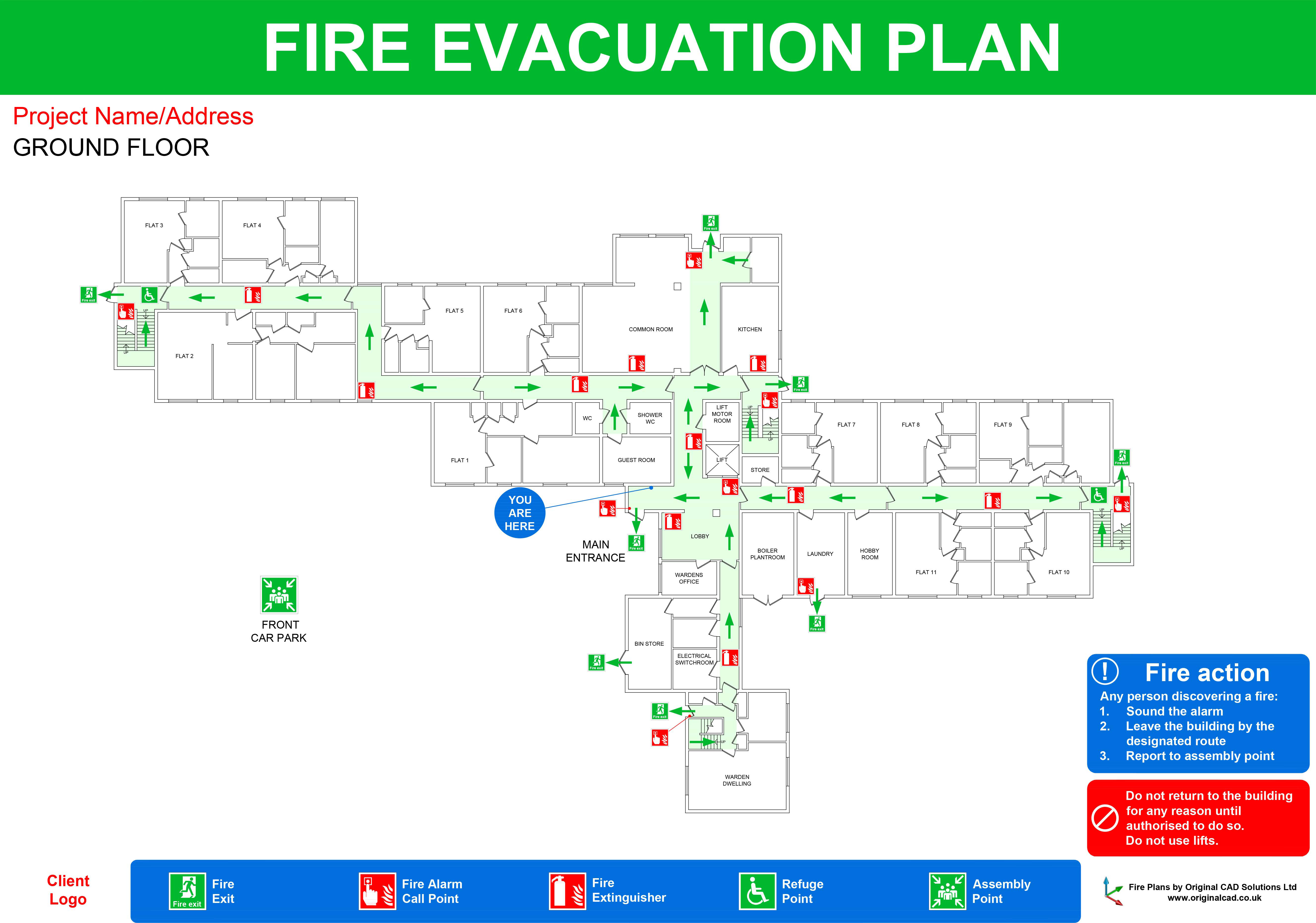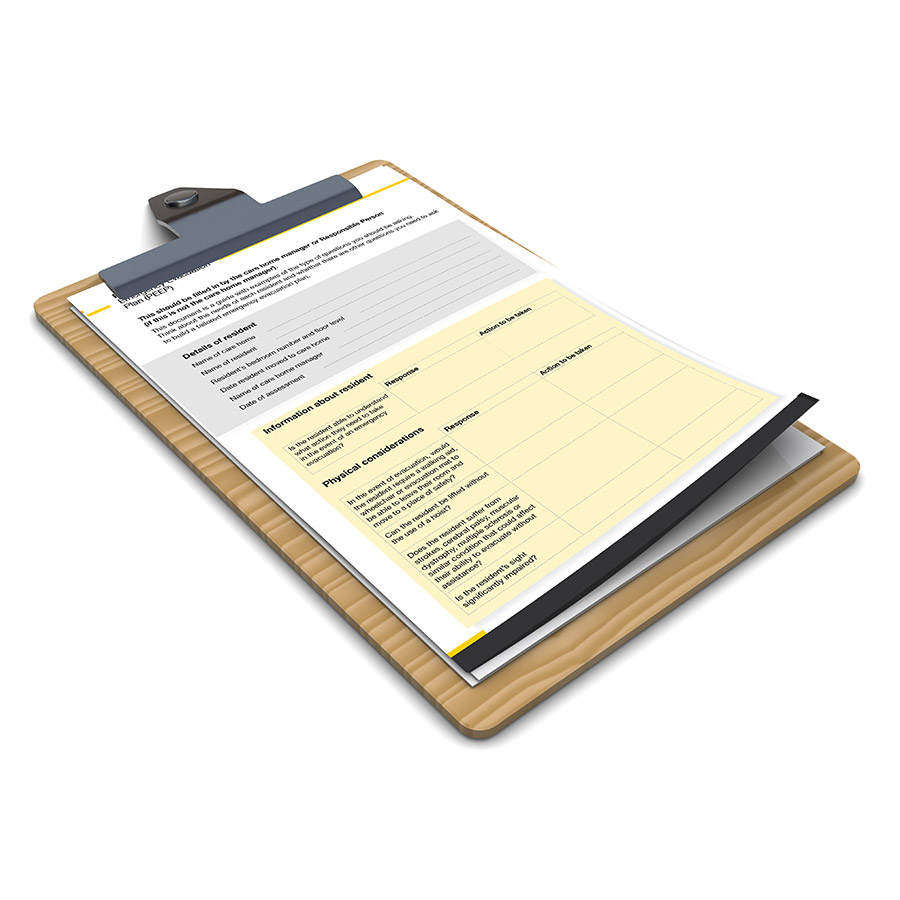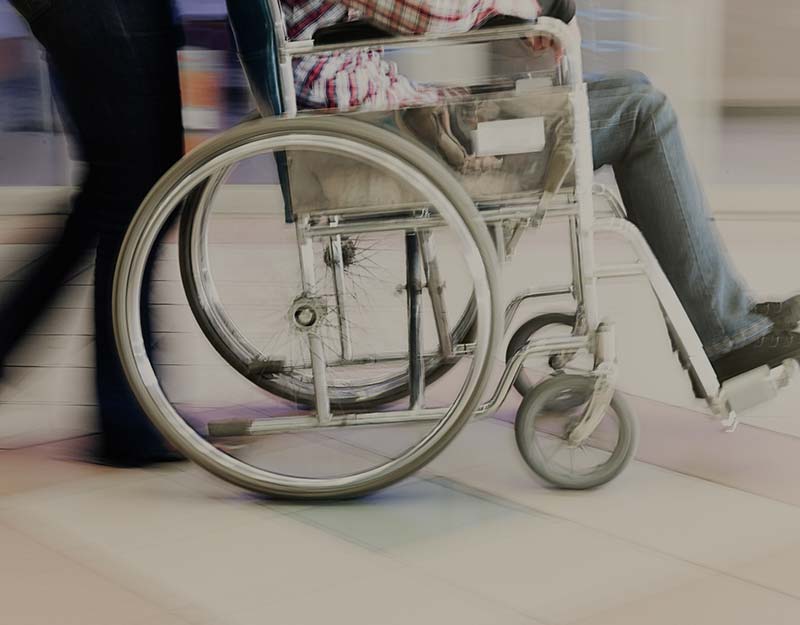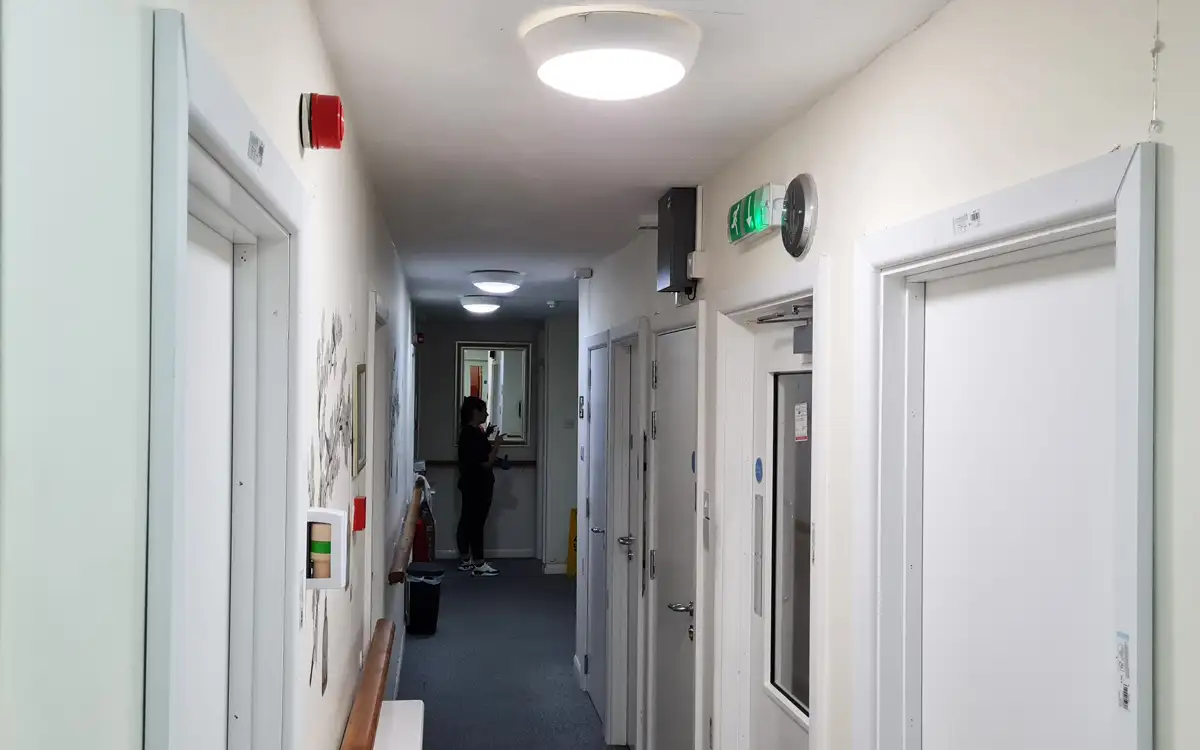All businesses need an emergency evacuation plan. It must clearly explain the procedure to follow if a fire breaks out.
The following should be communicated to staff:
1. What to do if they discover a fire
Raise the alarm and contact the emergency services. If the fire is small enough it may be able to be extinguished (see firefighting equipment) but safety always comes first. If in doubt, evacuate.
2. What to do if they hear the fire alarm
Leave as quickly as possible by the designated emergency route. Fire marshals have additional duties and responsibilities if the alarm rings, this is covered later in this blog.
3. Escape routes, refuges and exits, especially those not in regular use
These need to be clearly signed. Evacuation routes must be clear of boxes, tables, or storage of anything, even temporarily. Drills need to be undertaken once a year (minimum) so people are familiar with the evacuation route.
4. How to raise the alarm
Where are the fire alarm call points? How are they used?
5. Who calls the fire and rescue service
This needs to be done as soon as possible. This is usually the responsibility of the fire marshal(s).
6. Provisions for people with disabilities
If a member of staff requires additional assistance, ensure they have a Personal Emergency and Evacuation Plan which clearly explains how they will evacuate.
7. Evacuation procedures, guide to exits, make sure you’re clear of the building.
Keep evacuation routes clear. Fire exit routes should be clearly signed and there should be an emergency evacuation map clearly displayed.

How often is fire safety training needed?
The law says that fire drills need to be done, as a minimum, once a year. However all employees must do a drill at least once a year, so you may need to do more than one if people are not in on drill day or if new employees are hired.
Once a year is the bare minimum. It’s best to do regular fire drills to test and fine tune the evacuation process.
Fire drills need to be recorded in the fire risk assessment. If any particular risks or hazards are identified, these also need to be noted and steps taken to remove these.
All employees need fire safety training on their first day.
When it comes to firefighting equipment, staff need to know where the equipment is stored and how to use it. In larger premises, only specific staff (fire wardens) need to be trained.
Types of fire extinguishers
Water
This is marked with a red stripe. Can be used on any fire involving wood, fabrics, paper, plastics and coal (class A fires). Water must never be used on electrical fires
Water Mist
Red/white stripe. A multipurpose extinguisher that’s safe and easy to use, and causes less collateral damage than other options on the market. It’s suitable for a range of different fire types.
Foam
Cream stripe. Also for class A fires, but can also be used on fires caused by flammable liquids such as spirits and petrol (class B fires).
Carbon dioxide
Black stripe. Can be used on electrical fires and flammable liquids (class B).
Dry powder
Blue stripe. This can be used on all types of fire EXCEPT those involving cooking oils, e.g. a deep fat fryer fire. This is the only type of extinguisher that can be used for flammable gas and flammable metal fires (class C and class D).
Wet chemical
Yellow stripe. Can be used on class A fires and those involving cooking fats and oils (class F).
Fire blankets
For use on small fires, usually those involving fat, oil or grease in cooking areas.
Fire wardens
Fire wardens are not only needed when the alarm rings, they’re also needed to check the building regularly to ensure it is as fire-safe as possible. However, it is handy if all employees know what risks to look out for to minimise the possibility of fire.
They also need to carry out fire drills and fire safety training for new employees and test smoke alarms weekly.
What happens if there’s a fire?
Fire wardens need to organise the following:
- Raising the alarm
- Contacting the emergency services
- Closing doors (some fire doors can be closed automatically with certain hold open devices that release to the sound of the fire alarm)
- Pointing people to emergency exits
- Helping those that need extra assistance, such as disabled people or pregnant women
- Checking everyone has left the premises
- Tackling small fires with fire extinguishers, though only if this does not put them at any risk
- Roll call when everyone has assembled in a safe area.
How many fire wardens are needed?
In normal risk premises, the following applies:
Fewer than 20 employees: At least one fire warden
20-75 employees: At least two fire wardens
For every additional 75: One additional fire warden
It’s important to remember that all shifts must be adequately covered, so you may have to nominate additional fire wardens to ensure there are enough for each shift.
For higher-risk premises, such as care homes, more fire wardens are required. Specific details are available in our care home fire safety blog.
A well-planned emergency evacuation procedure is essential but only works if everyone in your building has been trained in fire safety. Education is key. Make sure everyone receives regular training and understands the importance of fire safety.
Evacuation plans need to be visible, fire exit signs need to be clear and people must know who to speak to if they spot something they think could be dangerous. If everyone knows what is unsafe and needs to be dealt with, the risk of fire is reduced.








hello are you a supplier of fire evacuation plans please?
i